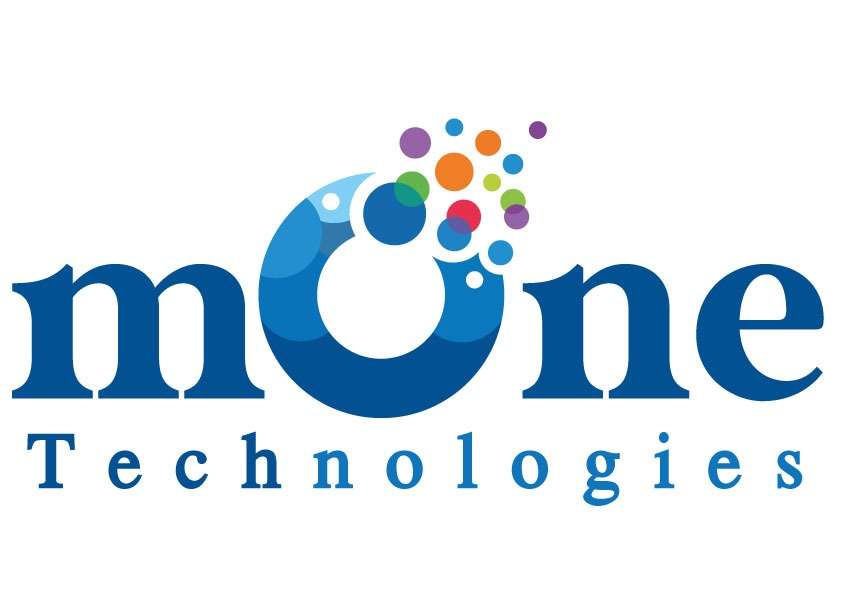The Configuration Management Database (CMDB) is a critical component of the ServiceNow platform, providing a centralized repository for storing and managing configuration items (CIs). In this post, we will discuss some best practices for managing your organization’s CMDB.
First, establish clear CMDB governance and ownership. This includes defining roles and responsibilities for managing the CMDB, establishing data ownership and access controls, and ensuring that changes to the CMDB are managed in a controlled manner.
Second, define clear data standards and taxonomy for your CMDB. This includes establishing data models, defining data attributes, and implementing consistent naming conventions for CIs.
Third, ensure that data is kept accurate and up-to-date in the CMDB. This includes defining data quality metrics, establishing data validation and error handling procedures, and conducting regular audits to ensure that data is accurate and relevant.
Fourth, use ServiceNow’s automated discovery tools to identify and populate CIs in the CMDB. This includes using discovery tools such as ServiceNow Discovery and Service Mapping to automatically discover and map CIs.
Fifth, use ServiceNow’s reporting and analytics capabilities to track metrics such as CMDB completeness, accuracy, and relevance. This provides insight into the effectiveness of your CMDB management processes and can help identify areas for improvement.
In summary, ServiceNow’s CMDB is a critical component of the platform, providing a centralized repository for storing and managing configuration items. By following these best practices, you can ensure that your CMDB is effectively managed and provides accurate and up-to-date information to support your organization’s IT operations.

